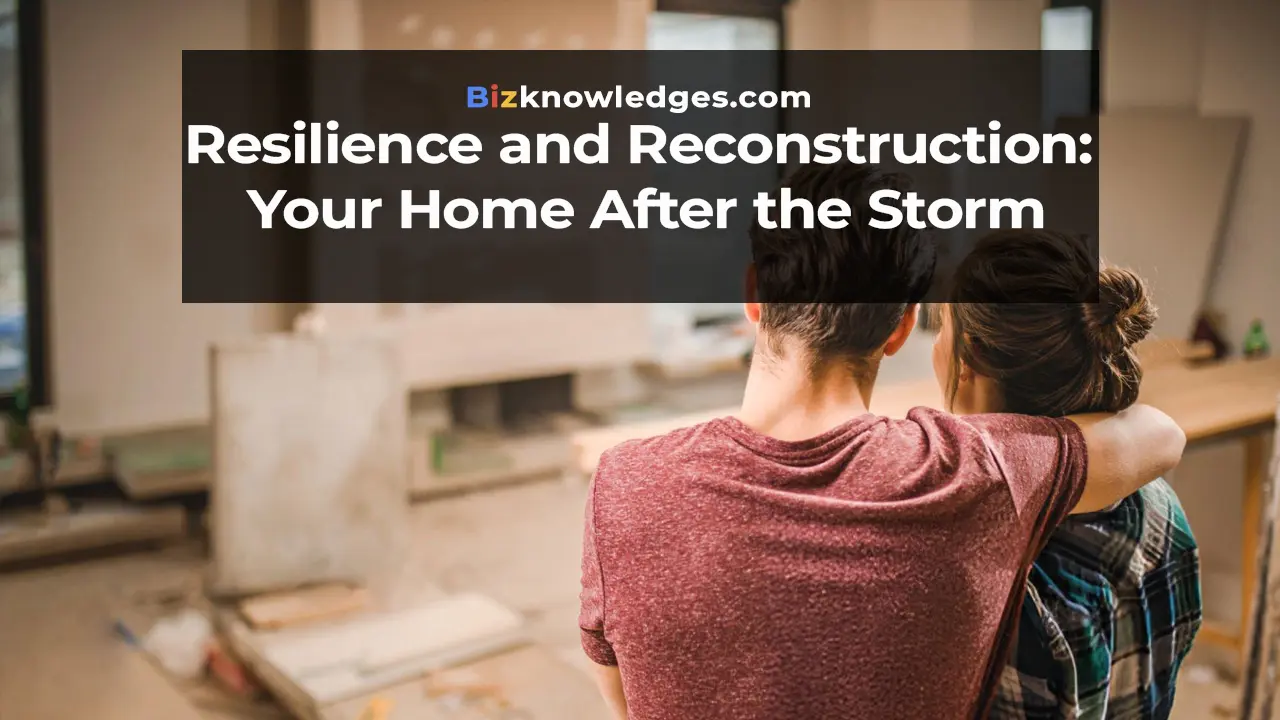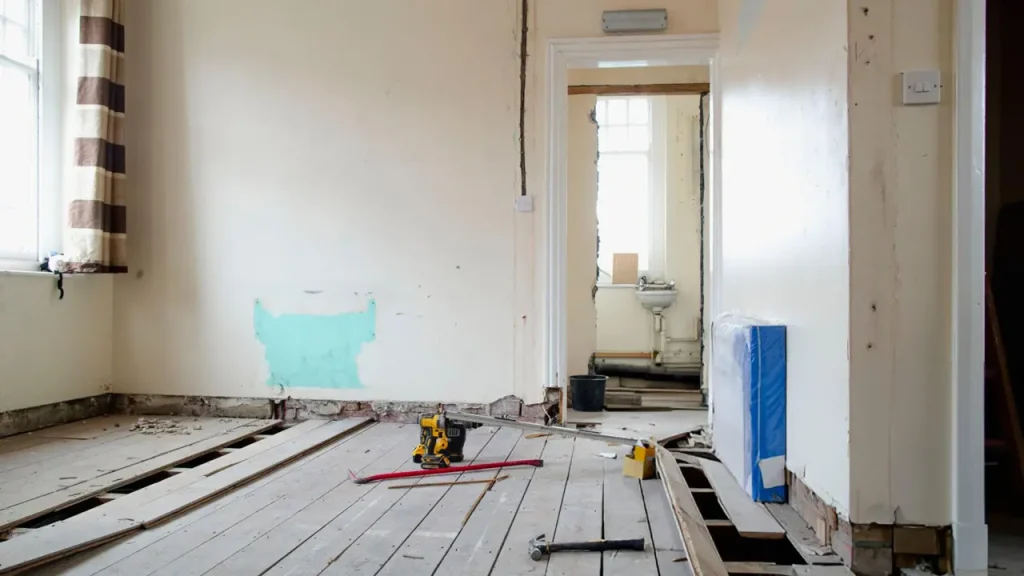Resilience and Reconstruction: Your Home After the Storm

In the aftermath of a storm, the journey from chaos to calm requires not just determination but a structured plan to restore both your home and your peace of mind. Rebuilding after such devastation encompasses assessing the damage, prioritizing repairs, and integrating resilient building practices that fortify your home against future storms. Here’s a structured approach to guide you through the process of resilience and reconstruction.
Assessing the Damage
The first step in the recovery process is a thorough assessment of the damage. Begin by conducting a detailed inspection of your property. Examine the roof, windows, and doors for any visible signs of damage. Look for water infiltration points, broken tiles, or shattered glass that could compromise the structure’s integrity.
Pay special attention to the basement and foundation, checking for cracks or leaks that could lead to further issues. Documenting these damages with photographs or videos can be immensely helpful for insurance claims. It is crucial to contact your insurance company promptly to report the damage and begin the claims process.
Prioritizing Repairs
Once the damage has been assessed, the next step is to prioritize repairs. Safety should always come first; thus, addressing structural issues that pose immediate risks is paramount. Repairing leaks and reinforcing weakened structures should be at the top of your list.
Next, focus on water damage, which can quickly escalate into mold problems if not addressed promptly. This is where professional help becomes invaluable. Engaging a water damage restoration service in Provo UT, for instance, ensures that the problem is handled efficiently and comprehensively, preventing future complications. Specialists can provide the necessary expertise to dry out affected areas, sanitize the environment, and restore your home to its pre-storm condition.

Incorporating Resilient Building Practices
As you begin the reconstruction process, consider incorporating resilient building practices to protect your home from future storms. This approach not only safeguards your investment but also enhances the sustainability of your living environment.
Start with the roof, as it is often the most vulnerable part during a storm. Upgrading to impact-resistant roofing materials can significantly reduce damage from hail and strong winds. Similarly, installing storm shutters or impact-resistant windows can prevent debris from causing further damage.
Consider elevating critical systems such as heating, ventilation, and air conditioning (HVAC) units, and electrical panels above potential flood levels. This precaution can prevent costly repairs and replacements in the event of future flooding.
Leveraging Professional Services
While some repairs and upgrades can be handled independently, others require professional expertise. Hiring licensed contractors ensures that repairs meet local building codes and standards. Professionals are equipped with the knowledge and tools needed to perform complex tasks such as structural repairs and electrical rewiring.
Moreover, professional contractors can advise on the latest resilient materials and technologies available, helping you make informed decisions about your home’s reconstruction. Engaging professionals also frees up your time, allowing you to focus on other aspects of recovery, such as emotional healing and returning to normalcy.

Final Thoughts
Resilience and reconstruction after a storm is more than just repairing what was lost; it’s about building stronger, more resilient homes that can withstand the ferocity of nature. By systematically assessing damage, prioritizing repairs, and embedding resilient practices into your rebuilding efforts, you lay a foundation not just for recovery but for a stronger future.
Empowering yourself with the right knowledge and resources, and seeking professional help when needed, can transform the daunting task of rebuilding into a manageable, even hopeful, endeavor. Remember, each step taken towards reconstruction is a step towards reclaiming your sanctuary and restoring peace of mind.
